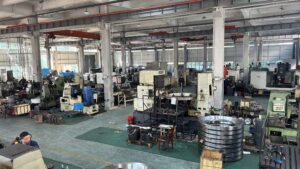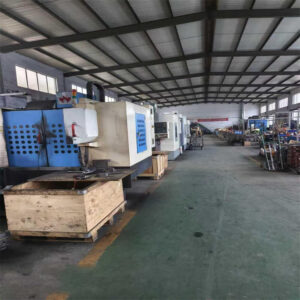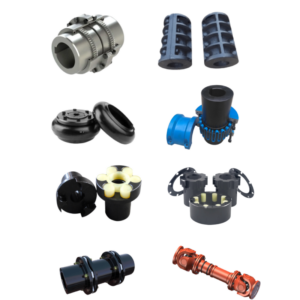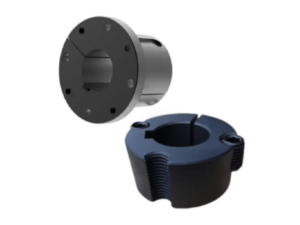The material of a pulley plays a crucial role in determining its performance, durability, and suitability for various working environments. Below is an overview of common pulley materials and their application scenarios:
1. Cast Iron Pulley
- Properties: High strength, good wear resistance, cost-effective.
- Applications:
- Heavy-duty machinery
- Industrial motors
- Agricultural equipment
- Conveyor systems
- Advantages: Ideal for high-load and moderate-speed operations.
2. Aluminum Pulley
- Properties: Lightweight, corrosion-resistant, good thermal conductivity.
- Applications:
- CNC machines
- Automation equipment
- Robotics
- Textile machinery
- Advantages: Suitable for high-speed, low-load applications where weight reduction is essential.
3. Steel Pulley
- Properties: Extremely high strength, excellent wear resistance, long service life.
- Applications:
- Mining equipment
- Crushers and grinders
- Large-scale conveyor systems
- Advantages: Best for high-load, harsh environment usage.
4. Plastic / Nylon Pulley
- Properties: Lightweight, low noise, corrosion-resistant, self-lubricating.
- Applications:
- Office equipment (printers, copiers)
- Food processing machines
- Small motors and appliances
- Advantages: Ideal for clean environments and low-load, low-speed use.
5. Stainless Steel Pulley
- Properties: High corrosion resistance, strong and durable.
- Applications:
- Marine environments
- Food and pharmaceutical industries
- Chemical processing machinery
- Advantages: Performs well in wet, corrosive, or hygienic conditions.
Summary Table
| Material | Strength | Weight | Corrosion Resistance | Typical Use |
|---|---|---|---|---|
| Cast Iron | High | Medium | Low | Heavy-duty industrial machinery |
| Aluminum | Medium | Low | Medium | CNC, light automation systems |
| Steel | Very High | High | Low | Mining, crushers, conveyors |
| Nylon/Plastic | Low | Very Low | High | Food machines, light equipment |
| Stainless Steel | High | High | Very High | Marine, hygienic or corrosive areas |







